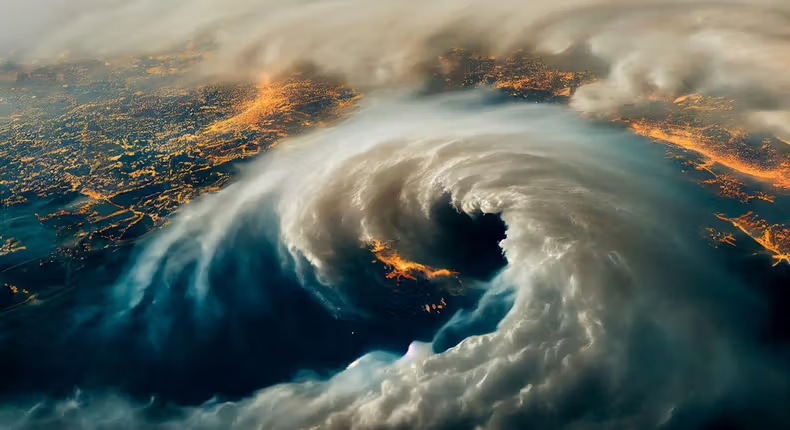Tropical cyclones, commonly referred to as hurricanes, don’t usually form or hit land in West Africa. However, the region plays a crucial role in creating the hurricanes that eventually affect other countries.
How Most Hurricanes Begin in Africa
These powerful and long-lived tropical storms are primarily from Africa. Disturbances known as “tropical waves” are the precursors of hurricanes in the Atlantic and America. These waves begin off the coast of West Africa in the Sahara desert.
About 83% of major hurricanes in North America originate from Cape Verde, a coastal country in West Africa. Four of the nine hurricanes in 2020 were traced back to Africa. These storms, known as African Easterly Waves, begin high in the atmosphere above western Africa.
As these tropical waves move westward across the Atlantic, they can develop into tropical storms or hurricanes if they encounter warm ocean waters and the right atmospheric conditions. Thus, the tropical waves originating in West Africa are a significant source of hurricanes affecting the Caribbean, the Gulf of Mexico, and the southeastern United States.
Places in Africa That Have Experienced Hurricanes
While hurricanes don’t typically form in Africa, a few countries have experienced their effects:
- Cape Verde: Hurricanes occur relatively frequently in Cape Verde, averaging about four times a year. However, most hurricanes merely reach the country’s atmosphere and then turn north before making landfall. The country typically experiences rainstorms and wind gusts from the remnants of these storms.
- Guinea: Hurricanes also occur in Guinea, approximately twice a year on average. Similar to Cape Verde, these hurricanes frequently shift northward before reaching land, leaving behind rain and wind gusts.
What Happens in West Africa?
Although West Africa is not directly hit by hurricanes, it is still affected by tropical waves that can bring intense rain, high winds, and flooding. These tropical disturbances typically occur most frequently during the rainy season, which runs from June to September.
While these disturbances do not intensify into hurricanes, they can lead to heavy rains and floods in some areas of West Africa, particularly in coastal regions.

